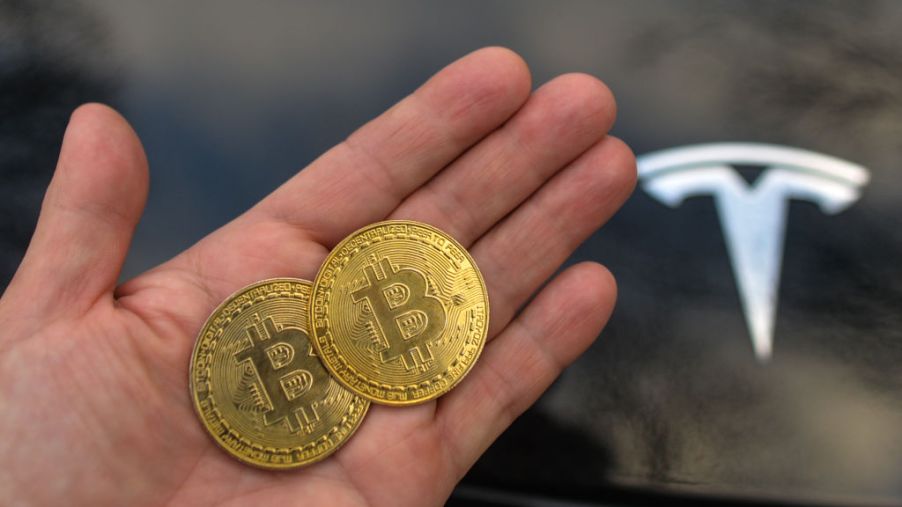
How and Why Tesla Won’t Use Bitcoin Anymore and Why It Gobbles Electricity
Tesla founder Elon Musk can spin on a dime. He can whipsaw from one extreme to the other in record time. Like today, when he announced Tesla will no longer accept the cryptocurrency Bitcoin. Just last month he announced Tesla would start accepting it for purchasing cars. So what’s up with all of this?
First, here’s Musk’s announcement:
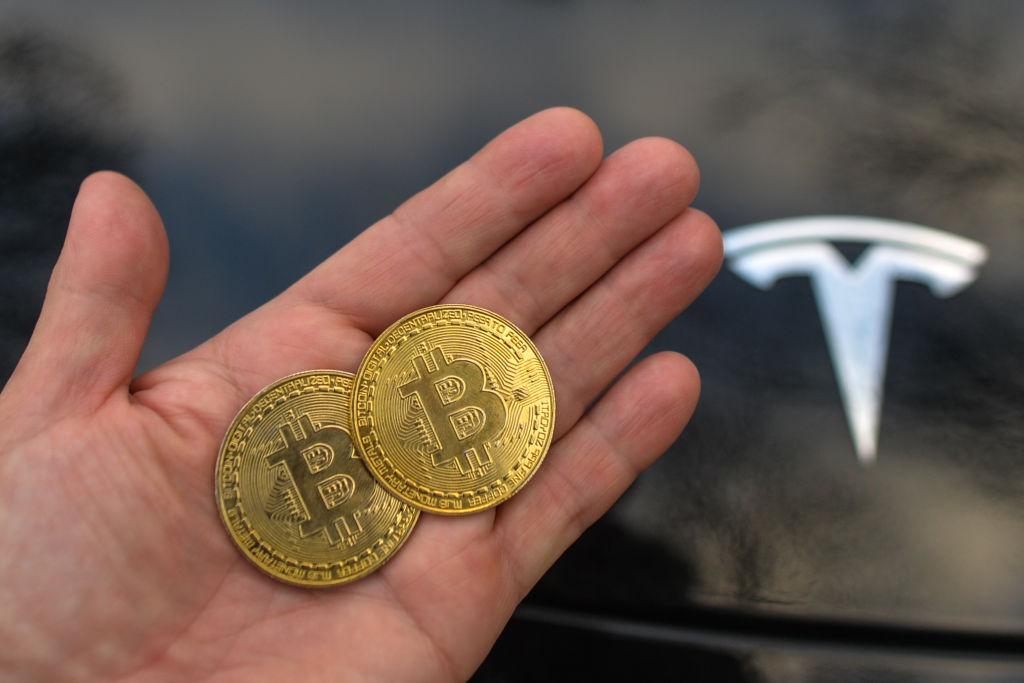
“Tesla has suspended vehicle purchases using Bitcoin. We are concerned about the rapidly increasing use of fossil fuels for Bitcoin mining and transactions, especially coal, which has the worst emissions of any fuel. Cryptocurrency is a good idea on many levels and we believe it has a promising future, but this cannot come at a great cost to the environment. Tesla will not be selling any Bitcoin and we intend to use it for transactions as soon as mining transitions to more sustainable energy. We are also looking at other cryptocurrencies that use <1% of Bitcoin’s energy/transaction.”
Mining Bitcoin uses an enormous amount of electricity
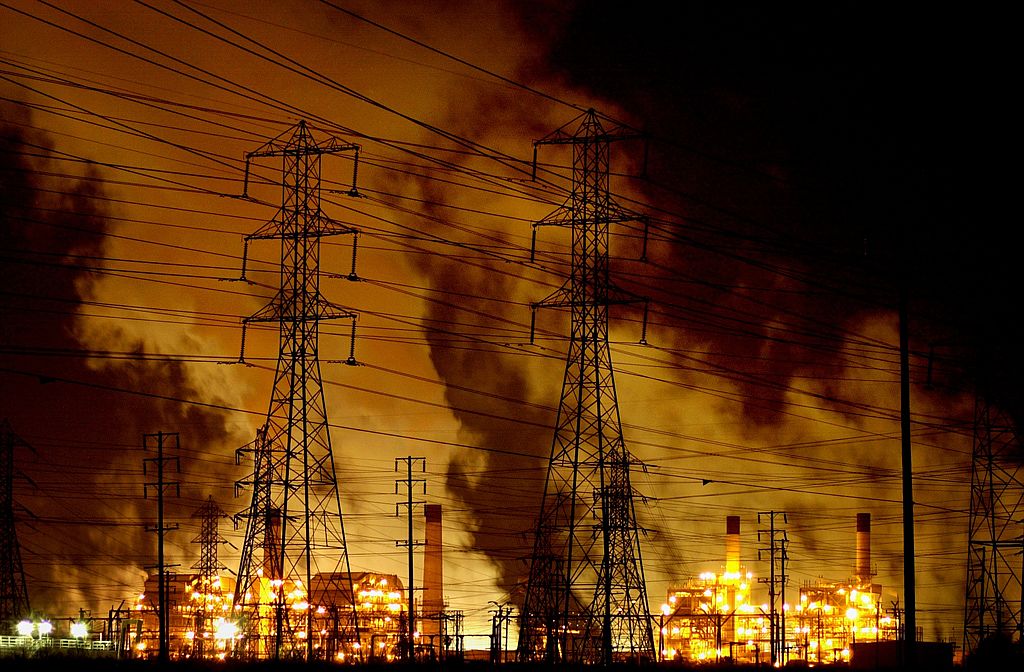
So how can a virtual currency be using even a spot of energy? Mining Bitcoin actually uses an enormous amount of electricity, and here’s how. When a Bitcoin transaction is made it has to be verified. That means “miners” have to solve cryptographic problems with computer computations. These computations take an enormous amount of processing power.
Each transactional puzzle or problem becomes more complicated. With Bitcoin becoming more and more popular there are more people making transactions, making for more verification, and thus, more computational power. That means more electricity to solve the problem.
Experts estimate Bitcoin mining eats up more electricity than whole countries

So here’s the bottom line; experts estimate that Bitcoin mining eats up more electricity than whole countries. And some of that power is generated by burning coal. It has become a transference of pollution where one seemingly benign act causes pollution somewhere else.
In 2019 the University of Cambridge’s Centre for Alternative Finance estimated Bitcoin’s electric consumption as more than Switzerland’s. That was in 2019. Since then it has more than doubled that amount surpassing Sweden’s consumption.
The Mother Jones site uses the example that Bitcoin consumes so much power in a single year it could power all of the tea kettles in the UK for three decades. Not years, but decades.
Musk always touts cryptocurrency speeds up green energy investment
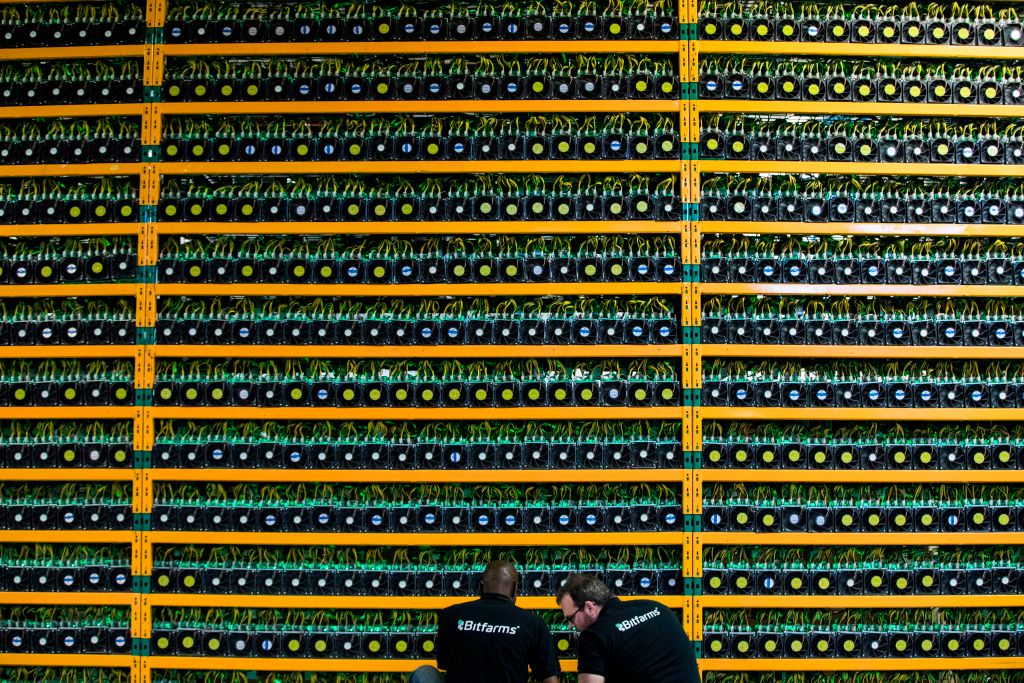
Musk has always touted that cryptocurrency speeds up the green energy investment because it steers those investments into renewables. But the amount of pollution and waste generated by mining Bitcoin can be seen at Greenidge Generation in New York. This is a natural gas-powered electricity generator that has become a Bitcoin mining operation.
The plant was ready to shut down due to not enough demand for electricity. In 2019 it converted to mining Bitcoin as a way to stay in operation. A year ago it was estimated to be using over 14 megawatts of power. That’s enough to generate about $50,000 Bitcoins a day. Today that would be over $300,000 a day.
Solely used for Bitcoin mining, last year the plant emitted 220,000 metric tons of carbon dioxide, puked hundreds of billions of gallons of hot water into the local trout stream, and burned billions of cubic feet of fracked natural gas. Today Greenidge is permitted to emit 580,000 metric tons every year. And it is looking to expand its operations. All from Bitcoin mining.
Musk and Tesla got hip to the behind-the-scenes power consumption
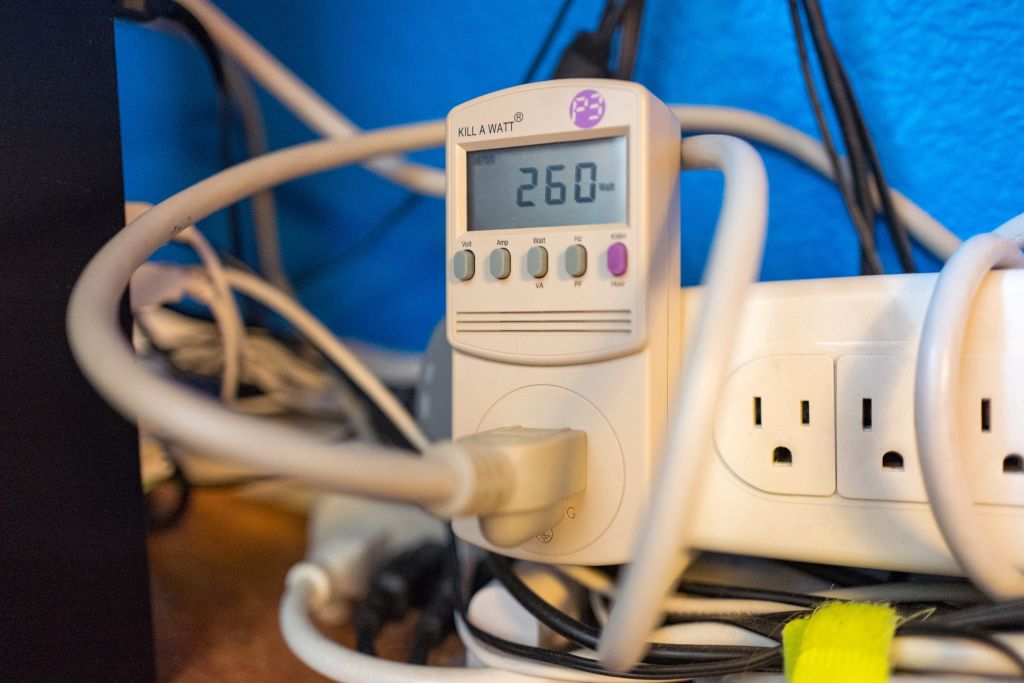
So it seems that Musk and Tesla got hip to the behind-the-scenes power consumption necessary to mine Bitcoin. As he and his company have shown in the past their desire to clean up the environment, accepting Bitcoins blows in the face of that endeavor. And there are plenty more Greenidge plants around the world.
So on the surface, it seems crazy to think that digital anything can generate greenhouse gasses or add to our environmental woes, now you know. It is one of those dirty little secrets you’re not supposed to think about.



